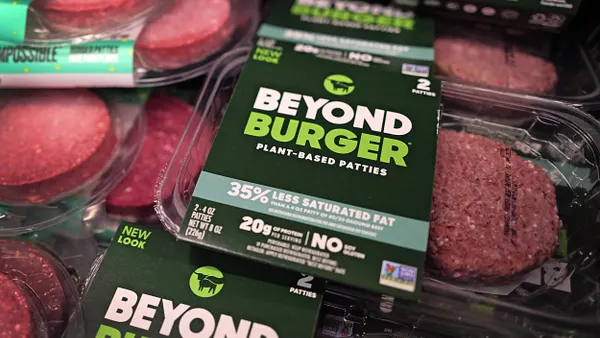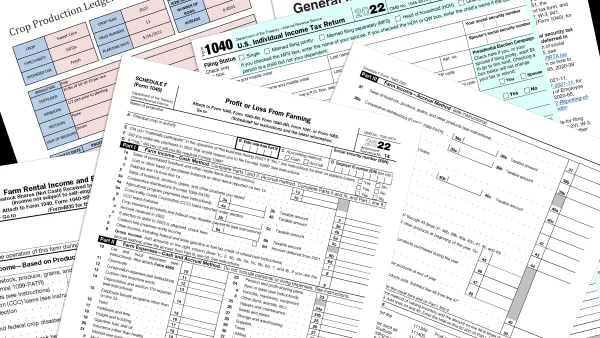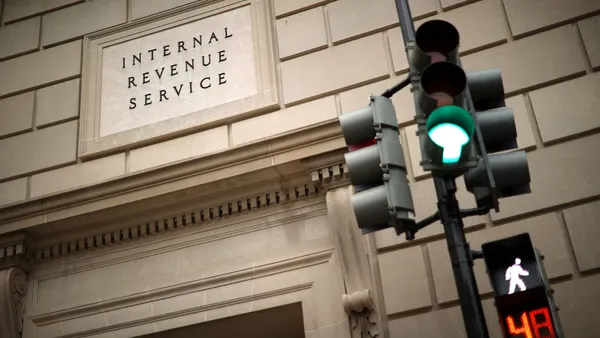If your company received a Paycheck Protection Program (PPP) loan, regardless of whether you expect to pay it back or receive forgiveness, you can account for the amount as a liability under FASB ASC 470, according to a recommendation by the American Institute of CPAs (AICPAs).
The AICPA guidance isn't binding. The Financial Accounting Standards Board (FASB), whose standards govern accounting practices in the United States, doesn't have rules on how for-profit businesses should account for government assistance such as PPP loans. The organization says it has been looking into creating guidance, but there is no timeline for when any standards might come out and in the meantime it points to AICPA for ideas on how to proceed.
"The staff [at FASB] continues to engage with the AICPA's expert panels and various practitioners to review and assist in the development of illustrations and reasonable applications of generally accepted accounting principles (GAAP)," FASB said.
The one thing you should do, FASB says, is disclose how you're treating the loan in the notes to your financial reports.
"Describe the accounting principles [you're using] followed by the entity and the methods of applying those principles," it says.
Recording loan proceeds
Under the AICPA guidance, you should record the proceeds from the loan as a liability under FASB ASC 470, which covers debt, until you pay it off, just like a regular loan. Or you can record it under ASC 470 until you have it forgiven, either wholly or in part, and you've been legally released by the government.
Once you’ve received that release, AICPA says, you reduce the liability by the amount forgiven and record a gain on extinguishment. While you have it recorded as a loan, you should accrue interest in accordance with FASB ASC 835-30.
If you choose not to follow FASB ASC 470, and you're confident you've met the federal standards for loan forgiveness, you can record the loan as a conditional contribution under FASB ASC 958-605.
As a conditional contribution, the proceeds aren't recognized until the conditions for forgiveness are met or explicitly waived. Under this standard, you initially record the cash inflow from the PPP loan as a refundable advance, then you reduce the advance and recognize the contribution once the conditions of release have been substantially met or explicitly waived, AICPA says.
IAS recognition
FASB rules aren't the only way to account for your loan; you can also account for it under International Accounting Standards (IAS), AICPA says.
Under IAS 20, which applies to forgivable loans and other types of government assistance, you record the cash inflow from the PPP loan as a deferred income liability once you have reasonable assurance that your company will meet the conditions of forgiveness.
Then you reduce the liability with an offset through earnings, either as a credit in the income statement or a reduction in related expense.
Standards for forgiveness
Separate from the accounting considerations, although the U.S. Treasury Department has released rules, questions remain over how the federal government will determine whether or not your company is eligible for loan forgiveness.
As intended by lawmakers when they created PPP loans in March as part of the Coronavirus Aid, Relief, and Economic Security (CARES) Act, you're eligible for a loan if you have fewer than 500 employees and you can show you need the money to keep or rehire people.
You're eligible for loan forgiveness if you use your proceeds to meet payroll expenses and cover other eligible costs during a specific period. Under the latest iteration of the program, you have to use at least 60% of your proceeds for payroll and the remaining amount for rent and other eligible operational costs.
Loans can go as high as 2.5 times your monthly payroll costs, and you have to spend your money within 24 weeks of receipt. If you don’t meet the criteria for forgiveness, you have to pay the loan back at 1% interest over five years.
As of mid-June, the program had about $90 billion available out of $660 billion allocated by Congress. About 4.5 million companies and other organizations have received loans so far.












